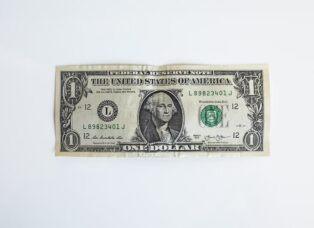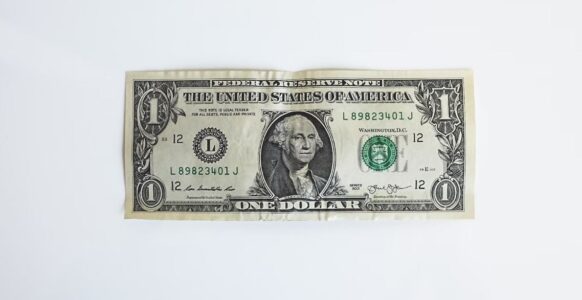Dollars and “Sense”: How to Raise Financially Savvy Kids

How To Teach Children Good Financial Habits!
Parents work really hard, and do a great job of teaching children important life skills, which eventually prepare them to be productive and capable citizens of the world. We teach them proper manners for different  situations and how to drive a car, along with an endless list of other necessary abilities. However, one thing that many kids are lacking in is the skill of how to manage their money. Whether it’s because you feel that children aren’t ready to learn how or that you don’t feel you would be a good teacher (maybe you have debt or aren’t so great with money yourself), there are many reasons we don’t reinforce this skill early on.
situations and how to drive a car, along with an endless list of other necessary abilities. However, one thing that many kids are lacking in is the skill of how to manage their money. Whether it’s because you feel that children aren’t ready to learn how or that you don’t feel you would be a good teacher (maybe you have debt or aren’t so great with money yourself), there are many reasons we don’t reinforce this skill early on.
In this day and age, most of us use credit cards and now even our phones to pay for everything. It is important for kids to see us using actual cash money. This way they can see that once you pay for something, it is gone. The only way to buy something else is to earn more money.
Give children a reasonable allowance (perhaps one dollar per year of age) and teach them how to both save and spend it wisely. If there is a toy or other thing they want to get, they might need to save up for it. You can show them how to put either part of it or the entire allowance aside each week to add up toward their goal. It is also a great idea to have them to put part of it (perhaps 10 %) toward future savings for college. Allow children to learn from their mistakes. If they choose to spend the entire thing the first day and then really want something toward the end of the week, it will show that there are consequences and they will have to wait. As difficult as it might be for you to not give them more money, it is one of those important life lessons that if they want something, they have to save for it.
Once your child is a little older, you can take them to the bank to open a savings account. They can see that the percentage that you are having them put aside for savings is going into the bank. Each week they can see the number grow. It also shows that you aren’t always just taking money out from a “magic” machine, but that it first has to be put in.
Teach the difference between needs and wants. We need food to eat, but don’t need the latest DVD that just came out. You can also show that the good choices you make can benefit you later on. I can choose to save money by packing my lunch every day rather than buying it from the deli so that I have enough to splurge on a fancy dinner some other time.
The more you positively discuss and demonstrate spending habits, ways to save money, and how to make good choices, the more your child will pick up on them, and follow suit.
Meet The Bella Behind the Blog: Kristen Farley is a mother of three and a domestic goddess. She is a former teacher who enjoys spending lots of time with her kids, healthy eating, volunteering at school, and mommy blogging for the masses.
Be on the lookout for more of Kristen’s expert advice and brillent tips!
























